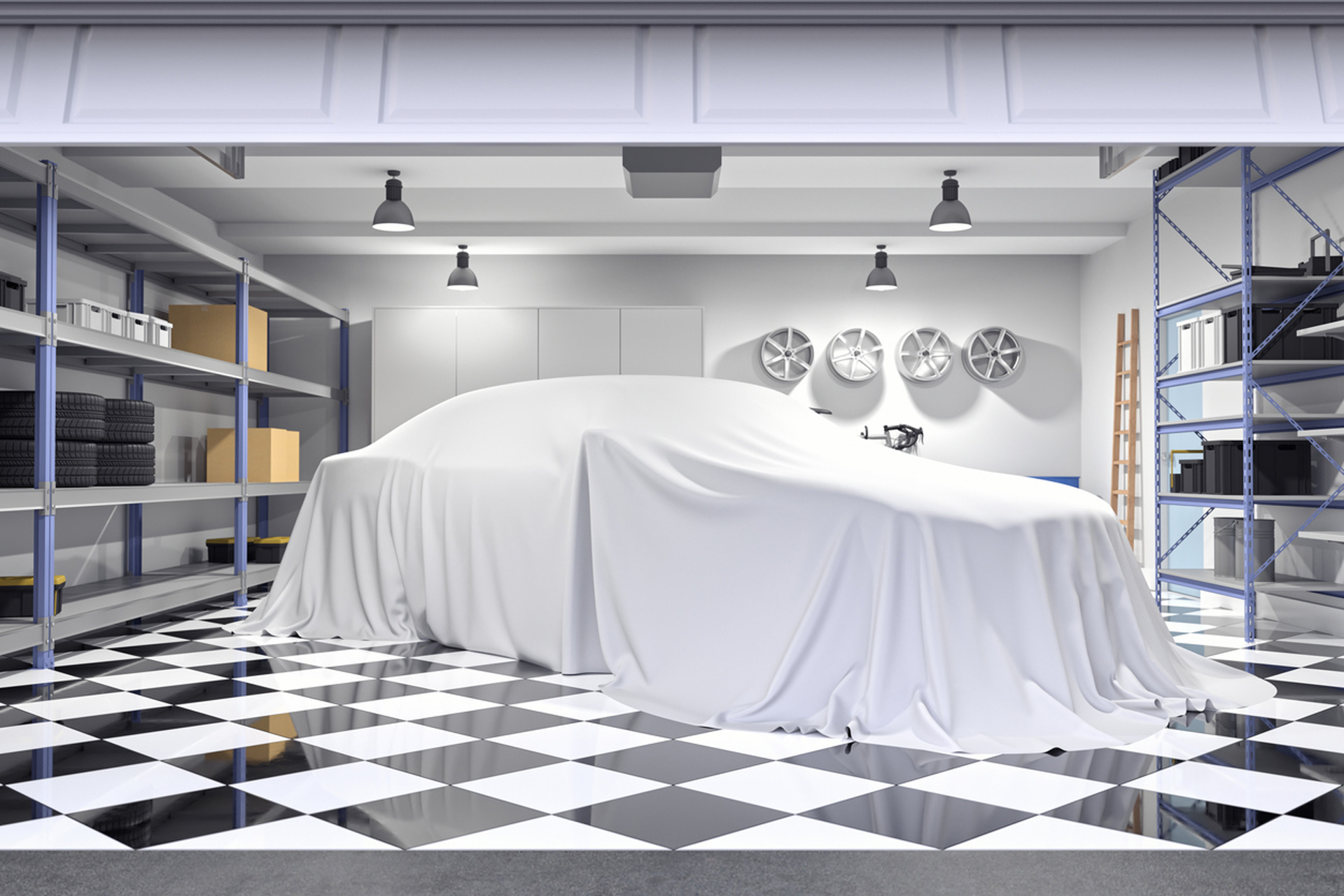

The repair of concrete structures has different, diverse, standard methods, etc., each of which depends on the working conditions, including the conditions of execution and exploitation, execution time, execution speed, dimensions, mechanical and chemical conditions of exploitation, conditions Temperature, operator expectations, required durability, economic issues, etc. can be useful and effective. One of the efficient and engineering methods of repairing concrete structures, especially in deep and superficial structural and non-structural cracks, is the use of epoxy resin injection concrete repair.
Concrete cracks usually develop over time and this is inevitable. Cracks in concrete is one of the most important reasons for ensuring that all precautions are followed during concrete production and concreting! Investigating the shape and pattern of cracks and identifying the time of their appearance plays an important role in finding the cause of concrete cracking. In general, concrete cracks are divided into several general categories:
1. Concrete cracks caused by plastic shrinkage
2. Concrete cracks caused by thermal expansion
3. Concrete cracks caused by non-observance of mixing ratio of water and cement
4. Concrete cracks caused by external pressure
5. Concrete cracks caused by settlement of the structure
The negative effect on the beauty and usability of the floor is one of the bad effects of concrete cracking. Cracks like the ones in the figure below, in addition to ruining the visual effect of the work environment, also reduce the resistance of concrete against wear and are good spots for the accumulation of all kinds of pollution and dust. Also, the movement of people, cars or devices such as forklifts and pallet jacks are also problematic. In general, if the moisture is trapped in the upper surface of the concrete and has no way to escape, the trapped moisture is released by creating these cracks.
Cured epoxy resins are solid with high resistance and relatively high modulus of elasticity. The adhesion of epoxy resins to concrete is to the extent that with proper implementation, they are able to restore the initial structural strength of cracked concrete. Epoxy resin is used to seal watery cracks.
However, due to the slow curing speed of epoxy resins, especially at low temperatures and in case of high water flow, it is not possible to use it for sealing. Cracks into which epoxy resin is injected should be between 0.005″ and 0.25″ wide. It is difficult and impossible to inject epoxy resin into cracks as wide as 0.005 inch, and it is also difficult to maintain the injected resin in cracks wider than 0.25 inch, although this can sometimes be done successfully using high-density epoxies. . Cured epoxy resins are flexible and brittle, with adhesive strength greater than the shear and tensile strength of concrete.
If these materials are used to rejoin cracked concrete subjected to loads exceeding the shear and tensile strength, it should be expected that cracks will reappear along the epoxy joint line. In other words, epoxy resin should not be used to repair active cracks.